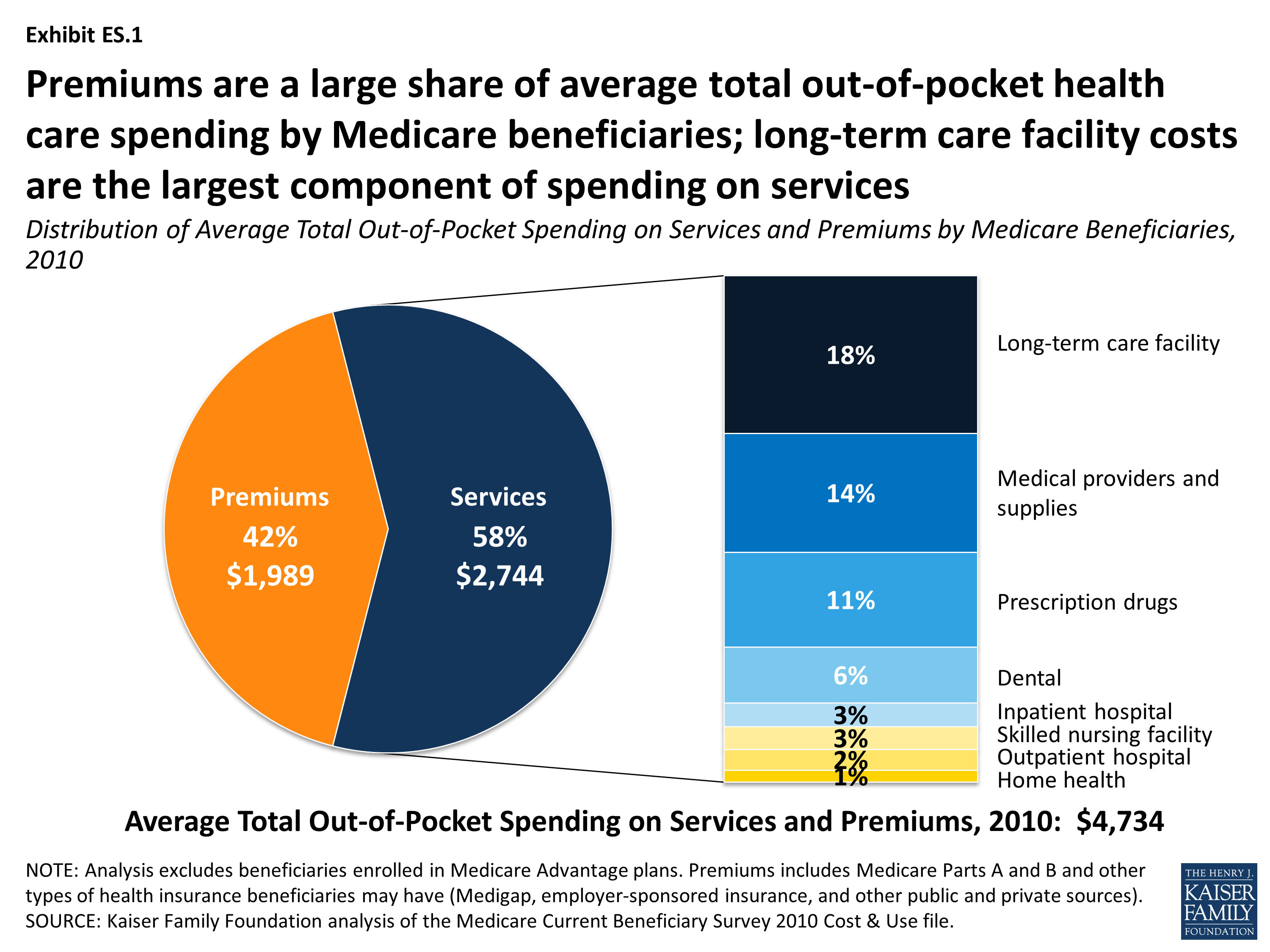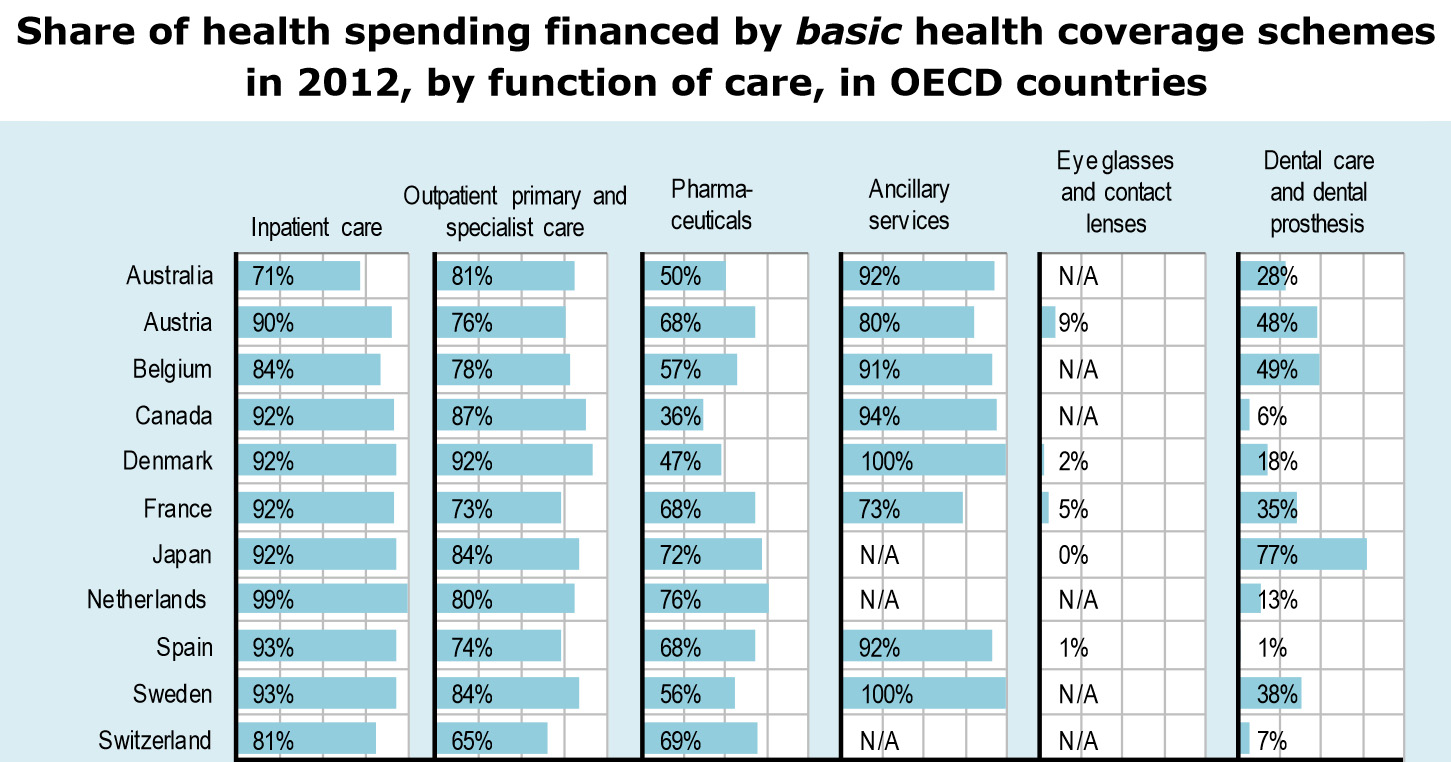The 2-Minute Rule for Which Of The Following Racial/ethnic Groups Has The Lowest Rate Of Use Of Health Care Services?
An estimated 155 million persons under the https://how-to-stop-depression.mental-health-hub.com/ age 65 were covered under medical insurance prepares provided by their companies in 2016. The Congressional Budget Office (CBO) estimated that the health insurance premium for single protection would be $6,400 and household protection would be $15,500 in 2016. The yearly rate of boost in premiums has typically slowed after 2000, as part of the pattern of lower annual healthcare boost.
This aid motivates people to buy more comprehensive coverage (which puts upward pressure on average premiums), while also encouraging more young, healthy individuals to enroll (which puts down pressure on premium costs). CBO estimates the net result is to increase premiums 10-15% over an un-subsidized level. The Kaiser Household Foundation estimated that family insurance premiums averaged $18,142 in 2016, up 3% from 2015, with employees paying $5,277 towards that expense and employers covering the remainder.
The President's Council of Economic Advisors (CEA) described how yearly boost have actually fallen in the company market considering that 2000. Premiums for family protection grew 5.6% from 2000-2010, but 3.1% from 2010-2016. The overall premium plus approximated out-of-pocket costs (i.e., deductibles and co-payments) increased 5.1% from 2000-2010 however 2.4% from 2010-2016.
The law is developed to pay aids in the type of exceptional tax credits to the individuals or households purchasing the insurance coverage, based on income levels. Greater earnings customers receive lower aids. While pre-subsidy rates increased considerably from 2016 to 2017, so did the subsidies, to lower the after-subsidy cost to the consumer. what is the affordable health care act.
However, some or all of these costs are balanced out by aids, paid as tax credits. For example, the Kaiser Structure reported that for the second-lowest expense "Silver strategy" (a plan typically chosen and utilized as the criteria for figuring out monetary help), a 40-year old non-smoker making $30,000 annually would pay effectively the same quantity in 2017 as they performed in 2016 (about $208/month) after the subsidy/tax credit, regardless of large increases in the pre-subsidy price.
You Should Examine All Of The Following Except Things To Know Before You Get This
To put it simply, the subsidies increased together with the pre-subsidy rate, fully offsetting the cost increases. This superior tax credit subsidy is different from the expense sharing reductions subsidy stopped in 2017 by President Donald Trump, an action which raised premiums in the ACA markets by an approximated 20 portion points above what otherwise would have occurred, for the 2018 strategy year.

In addition, lots of staff members are picking to combine a health savings account with higher deductible plans, making the effect of the ACA tough to identify precisely. For those who acquire their insurance coverage through their employer (" group market"), a 2016 study found that: Deductibles grew by 63% from 2011 to 2016, while premiums increased 19% and employee earnings grew by 11%.
For companies with less than 200 employees, the deductible averaged $2,069. The percentage of employees with a deductible of a minimum of $1,000 grew from 10% in 2006 to 51% in 2016. The 2016 figure drops to 38% after taking company contributions into account. For the "non-group" market, of which two-thirds are covered by the ACA exchanges, a study of 2015 information discovered that: 49% had individual deductibles of at least $1,500 ($ 3,000 for family), up from 36% in 2014.
While about 75% of enrollees were "very satisfied" or "rather pleased" with their option of physicians and hospitals, only 50% had such fulfillment with their annual deductible. While 52% of those covered by the ACA exchanges felt "well secured" by their insurance coverage, in the group market 63% felt that method.
prescription drug spending in 2015 was $1,162 per person on average, versus $807 for Canada, $766 for Germany, $668 for France, and $497 for the UK. The reasons for greater U.S. health care expenses relative to other nations and over time are debated by professionals. Bar chart comparing health care costs as portion of GDP throughout OECD nations Chart showing life span at birth and healthcare spending per capita for OECD countries as of 2013.
How How Much Does Medicare Pay For Home Health Care Per Hour can Save You Time, Stress, and Money.
is an outlier, with much greater costs however below par life expectancy. U.S. health care expenses in 2015 were 16.9% GDP according to the OECD, over 5% GDP higher than the next most expensive OECD country. With U.S. GDP of $19 trillion, health care costs were about $3.2 trillion, or about $10,000 per individual in a nation of 320 million people.
In other words, the U.S. would need to cut health care costs by approximately one-third ($ 1 trillion or $3,000 per individual usually) to be competitive with the next most expensive country. Healthcare costs in the U.S. was distributed as follows in 2014: Medical facility care 32%; physician and medical services 20%; prescription drugs 10%; and all other, including many classifications individually making up less than 5% of costs.
Essential differences include: Administrative expenses. About 25% of U.S. healthcare expenses relate to administrative costs (e.g., billing and payment, instead of direct arrangement of services, products and medication) versus 10-15% in other countries. For example, Duke University Hospital had 900 hospital beds however 1,300 billing clerks. Presuming $3.2 trillion is spent on healthcare each year, a 10% savings would be $320 billion each year and a 15% savings would be almost $500 billion per year.
A 2009 research study from Cost Waterhouse Coopers approximated $210 billion in cost savings from unnecessary billing and administrative expenses, a figure that would be significantly greater in 2015 dollars. Expense variation across healthcare facility areas. Harvard economist David Cutler reported in 2013 that roughly 33% of healthcare spending, or about $1 trillion each year, is not connected with improved results.

In 2012, average Medicare compensations per enrollee ranged from a changed (for health status, income, and ethnicity) $6,724 in the most affordable costs area to $13,596 in the highest. The U.S. spends more than other nations for the same things. Drugs are more pricey, physicians are paid more, and providers charge more for medical devices than other countries.
The Definitive Guide to What Is A Health Care Provider
costs on doctors per person is about 5 times higher than peer countries, $1,600 versus $310, as much as 37% of the gap with other nations. This was driven by a higher use of professional doctors, who charge 3-6 times more in the U.S. than in peer nations. Greater level of per-capita income, which is correlated with higher healthcare costs in the U.S.
Hixon reported a research study by Princeton Teacher Uwe Reinhardt that concluded about $1,200 per individual (in 2008 dollars) or about a 3rd of the gap with peer countries in healthcare spending was due to greater levels of per-capita income. Higher earnings per-capita is correlated with utilizing more systems of healthcare.
The U.S. consumes 3 times as numerous mammograms, 2.5 x the variety of MRI scans, and 31% more C-sections per-capita than peer countries. This is a blend of higher per-capita income and greater usage of experts, to name a few aspects. The U.S. government intervenes less actively to require down prices in the United States than in other countries.
